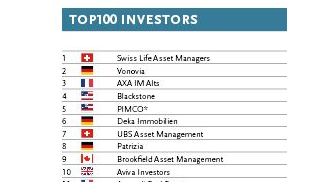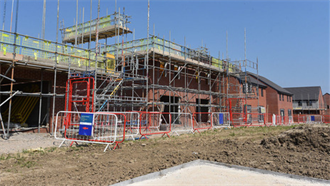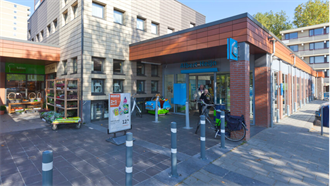Europe’s biggest real estate investors steered a steady course in 2022, despite having to navigate macroeconomic turbulence in the wake of the war in Ukraine.
Top100 Investors: Heavyweight players lift assets despite downturn
- In Magazine highlights
- 10:00, 28 september 2023
Premium subscriber content – please log in to read more or take a free trial.
Events
Latest news
Best read stories
-
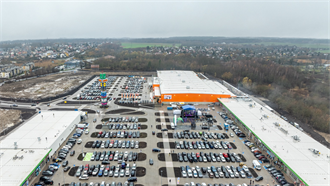
Trei invests €44m in Polish retail parks over 2024
- 19-dec-2024
International developer and asset holder Trei Real Estate has concluded 2024 with the opening of its 41st Vendo Park in Poland.
-

-
- 19-dec-2024
CDC snaps up Paris office from Deka

-
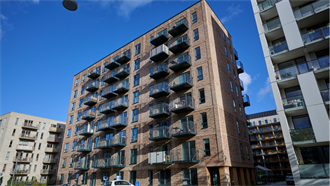
-



